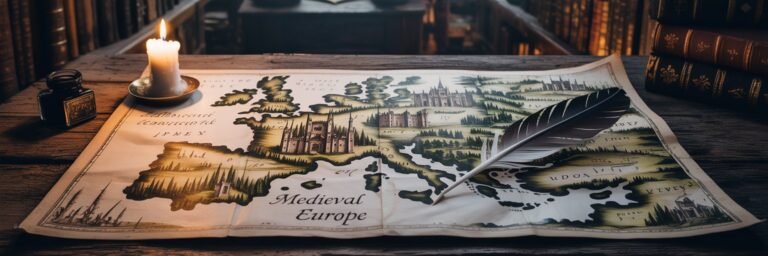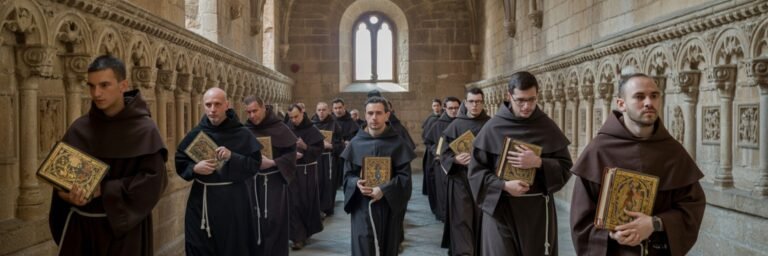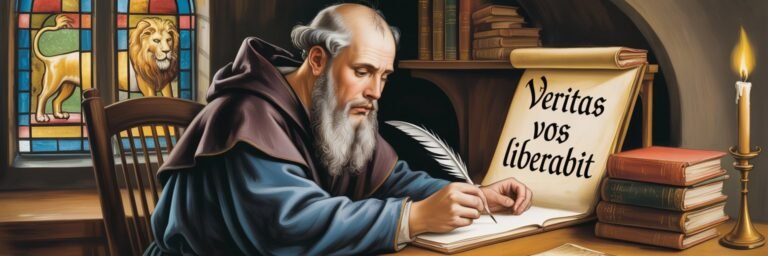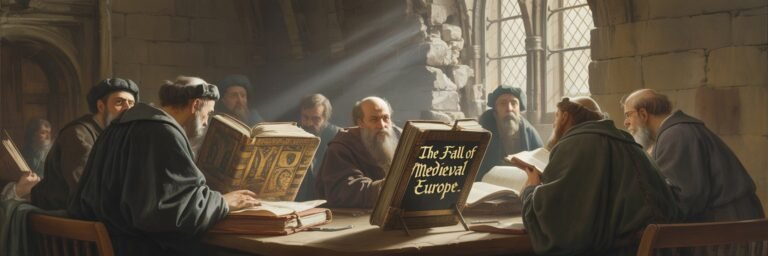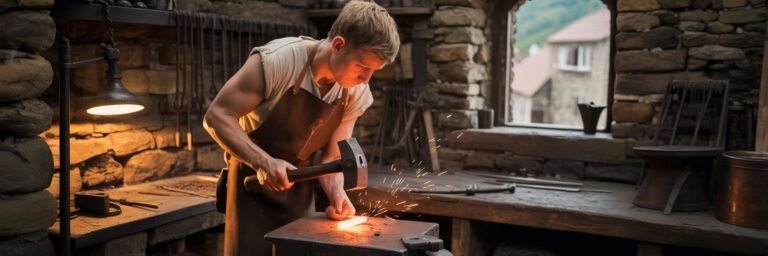INTRODUCTION
Beneath the imposing silhouette of towering cathedrals and the oft-romanticised knighthood, Medieval Europe unveiled a narrative that was both layered and substantial, weaving a tapestry of stories often undervalued in historical discourse. Hidden from the general perception lie truths shrouded in forgotten documents, concealed archaeological artifacts, and overlooked cultural practices that could possibly reshape our understanding of this era. This article aims to delve into the untold story of Medieval Europe, unearthing mysteries and controversies, examining overlooked theories, analyzing cultural symbolism, revisiting modern investigations, and analyzing this era’s enduring legacy.
HISTORICAL BACKGROUND
The Middle Ages, or Medieval Times, spanned from the 5th to the 15th Centuries following the fall of the Roman Empire. It was a period defined by potent religious fervor, burgeoning intellectual curiosity, societal transition, and enduring power struggles. Universally, it’s broken down into three sub-periods: Early Middle Ages (5th to 10th century), High Middle Ages (11th to 13th century), and the Late Middle Ages (14th and 15th centuries).
Empires rose and fell, cultures clashed and collaborated, and from this fiery crucible emerged the foundations of modern Europe. It was in these times that figures like Charlemagne, Thomas Aquinas, and Joan of Arc etched their decisive impact on history. Nevertheless, many aspects of this era, including everyday routines, esoteric rituals, and social structures often remain overshadowed by the more prominent narratives of battle and religion.
THEORIES AND INTERPRETATIONS
The Middle Ages have often been interpreted through a lens of bias and disdain. 18th and 19th-century historians, fueled by Enlightenment ideals, painted this era as a “Dark Ages” marked by barbarity and religious bigotry. This interpretation, though widely disseminated, has been increasingly questioned by modern historians. Among them, French historian Jacques Le Goff notably argued for the Middle Ages as a period of significant intellectual, cultural, and social advancements.
Moreover, recent scholarship has highlighted the era’s technological and economic progress. Agricultural innovations like the heavy plough and horse collar, the establishment of universities, the development of legal codes, and increasing urbanization all suggest a more dynamic and evolving society than earlier assumed.
Yet, these interpretations indeed faced challenges, particularly from post-colonial theorists who claim European Middle Ages were far from isolated. Instead, they argue for a Medieval Europe interconnected and influenced by vibrant exchanges with Africa, Asia, and the Middle East.
MYSTERIES AND CONTROVERSIES
Medieval Europe, like every historical period, brims with unresolved mysteries, often provoking contentious debates.
One of the most enduring conundrums was the alleged “Children’s Crusade” of 1212. Traditional accounts recount thousands of children marching from Germany and France to reclaim Jerusalem, with most vanishing or sold into slavery. Yet, some historians, like Gary Dickson and Peter Raedts, challenge this, arguing that these crusaders were primarily disgruntled youth and landless peasants, not children. More contentious still is the question of the crusade’s existence itself, given the scant contemporary references.
Similarly, Medieval Europe’s ‘Dancing Plague’ or the ‘Dance Mania’ of the 14th and 15th centuries has long baffled historians and neuroscientists alike. Communities of people often danced uncontrollably, sometimes to death, and several hypotheses ranging from mass hysteria to poisoning have been proposed but remain inconclusive.
SYMBOLISM AND CULTURAL SIGNIFICANCE
Symbolism played a crucial role in Medieval Europe, within both religious and secular contexts. The labyrinth inscribed into the Chartres Cathedral’s floor was not merely decorative but symbolized the Christian believer’s earthly journey, fraught with temptation and sin, towards redemption.
Color, too, was profuse with symbolic undertones, often codifying societal hierarchies and moral beliefs. Red emboldened knights’ tunics, symbolizing courage and the readiness for martyrdom, while green, blue, and gold adorned the nobility, reflecting both wealth and celestial significance.
Notably, the “Danse Macabre” or Dance of Death, a vivid, often morbid portrayal of skeletons leading a merry dance of individuals from all societal ranks towards death, reaffirmed the universal nature of mortality, a recurring motif in the cultural and artistic landscape of the Plague-riddled Late Middle Ages.
MODERN INVESTIGATIONS
Modern explorations into the Middle Ages have significantly expanded our understanding. For instance, bioarchaeology investigating burial sites has shed light on the social inequalities of Medieval Europe, particularly gender and class disparities.
Advanced technologies and methodologies such as DNA analysis and isotopic studies have helped identify patterns of migration, diet, diseases, and even occupational stress during this period. For instance, a 2020 study published in “Nature Communications” unraveled the genetic history of the Crusaders, showing intermingling and progeny between locals and the foreign warriors, thus echoing the increasingly accepted theory of a globally interconnected Medieval Europe.
LEGACY AND CONCLUSION
The legacy of Medieval Europe is manifold and pervasive, shaping much of the Western world’s political, religious, cultural, and intellectual landscape. The formulation of universities, emergence of different art styles, development of languages, foundations of legal concepts, and the ideological framework of the Church – all took root in this period.
But perhaps the most enduring legacy is the spirit of questioning and discovery, exemplified in figures like Abelard, whose dialectic method signaled the intellectual resilience of the era often labeled as ‘dark’ and ‘uncivilized.’
Our understanding of the Middle Ages is continuously evolving, driven by new discoveries, methodologies, and perspectives. The untold story of Medieval Europe, filled with forgotten histories, esoteric symbols, and simmering controversies, underscores the need to challenge prevailing narratives continually, illuminating the rich complexity and profound significance of this era. As we peel away the layers of myth and misconception, we expand the historical discourse and enrich our connection to the past.

